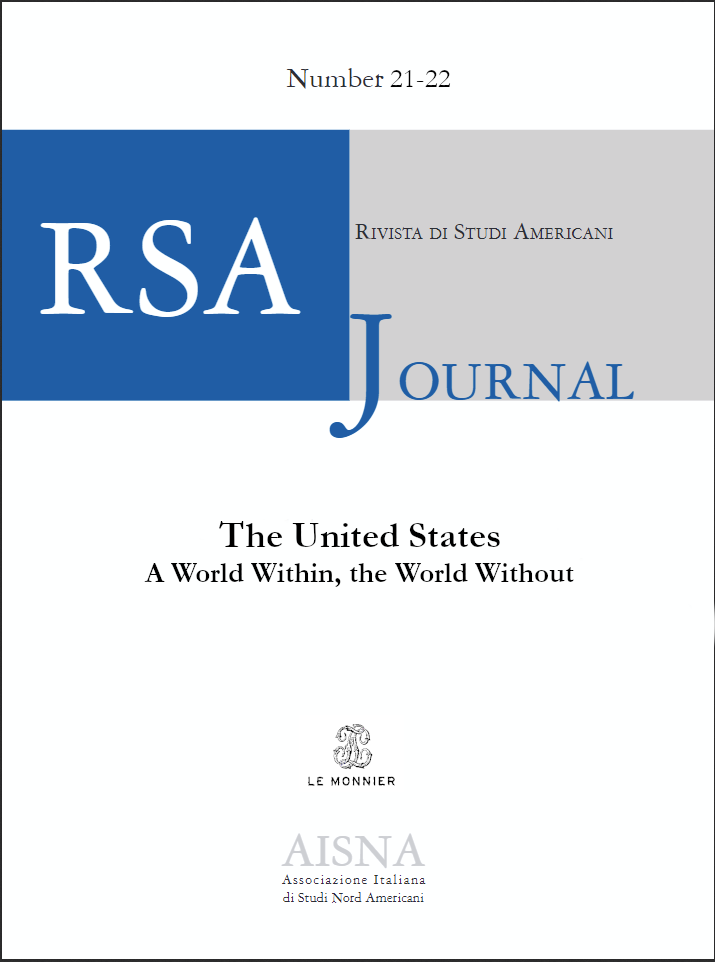Kurt Vonnegut
Brokenhearted American Dreamer
DOI:
https://doi.org/10.13135/1592-4467/8720Keywords:
American dreamer, Vietnam, war story, the Dresden bombingAbstract
Sumner’s essay deals with Kurt Vonnegut’s most significant work of art, Slaughterhouse-Five. Long in gestation – says the author – the book oscillates between realism and science fiction, mordant humor and grief, relieved by moments of unexpected lyrical imagery to convey Vonnegut’s experience as a young soldier in the Second World War. Vonnegut struggled for a long time to develop a language that could do justice to his “war story,” and for years had no good answers for it. Cautiously, he moved toward the task, and it is possible to detect his first intuitions in his earlier works. Therefore, the author holds, Slaughterhouse-Five needs to be seen in a larger context, as an attempt to come to terms with the ravages of war. It is a commentary on Vietnam and at the same time a narration of the Dresden bombing as seen by someone who lived through it. But it is more universal than that. Like all of Vonnegut’s work, Slaughterhouse needs to be “unstuck in time” from a conception of it as an artifact from the 1960s. It is an expression of humanist values by a self-described “child of the Great Depression.” The author’s ambivalence is captured perfectly in the phrase from the novel for which he today remains most identified. “So it goes” conveys a deep sense of irony and resignation in the face of defeat, but also a will, nonetheless, to carry on.
Downloads
Published
Issue
Section
License
RSAJournal applies a CC BY-NC-ND license to all its contributions. This license enables reusers to copy and distribute the material in any medium or format in unadapted form only, for noncommercial purposes only, and only so long as attribution is given to the creator. CC BY-NC-ND includes the following elements:
- BY: credit must be given to the creator.
- NC: Only noncommercial uses of the work are permitted.
- ND: No derivatives or adaptations of the work are permitted.
Authors who publish with this journal agree to the following terms:
- Authors retain the copyright and full publishing rights for their submissions to the journal.
- Authors grant the journal right of first publication with the work simultaneously licensed under a Creative Commons Attribution-NonCommercial-NoDerivatives 4.0 International License that allows others to share unedited work for non-commercial purposes with an acknowledgement of the work's authorship and initial publication in this journal.
- Authors are able to enter into separate, additional contractual arrangements for the non-exclusive distribution of the journal's published version of the work (e.g., post it to an institutional repository or publish it in a book), with an acknowledgement of its initial publication in this journal.




